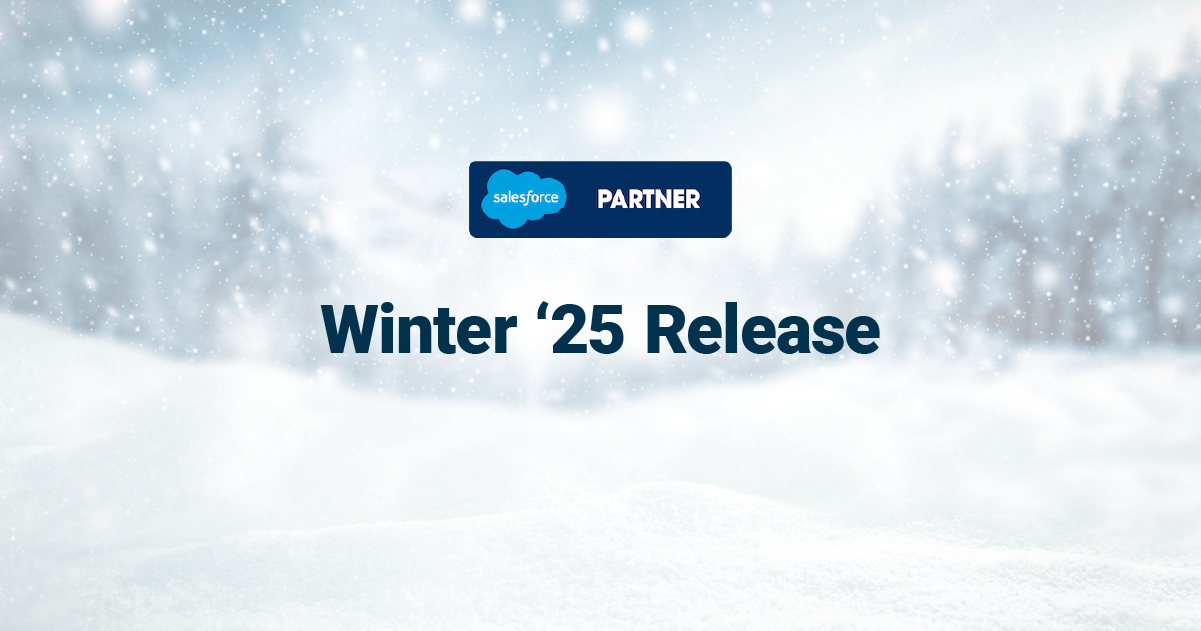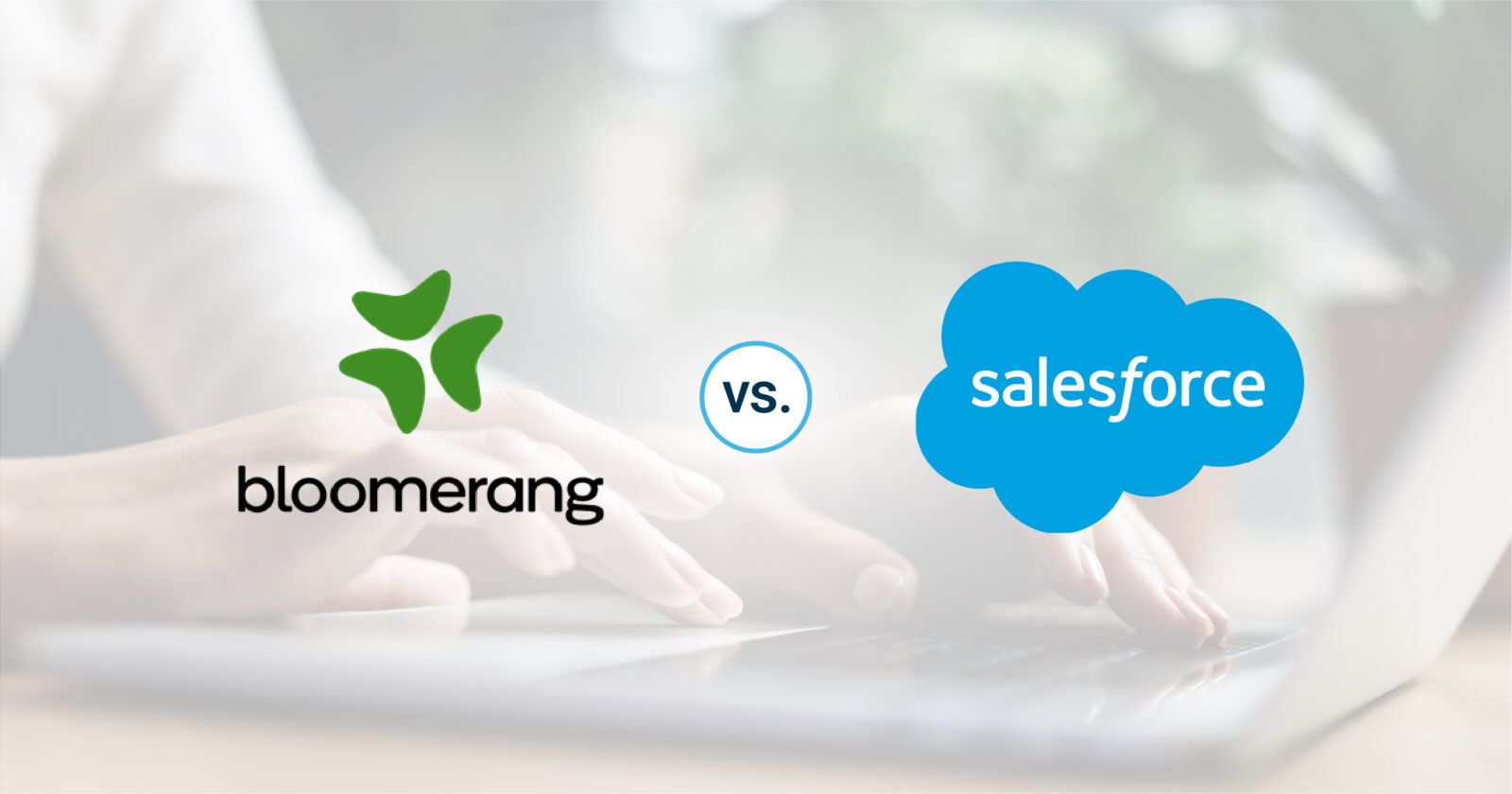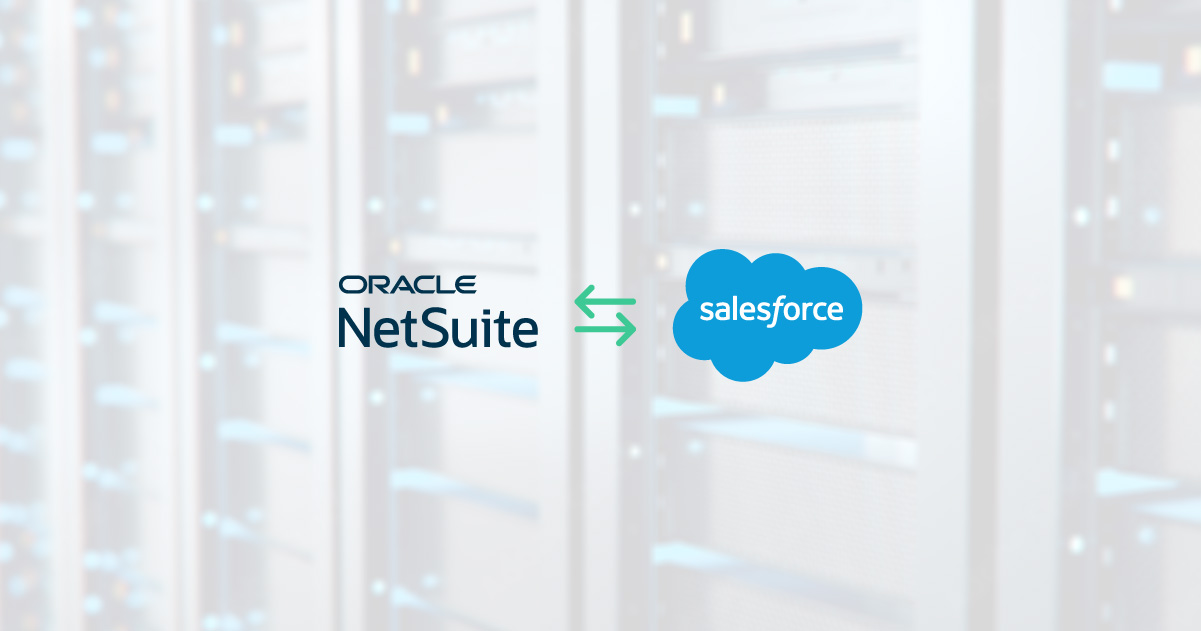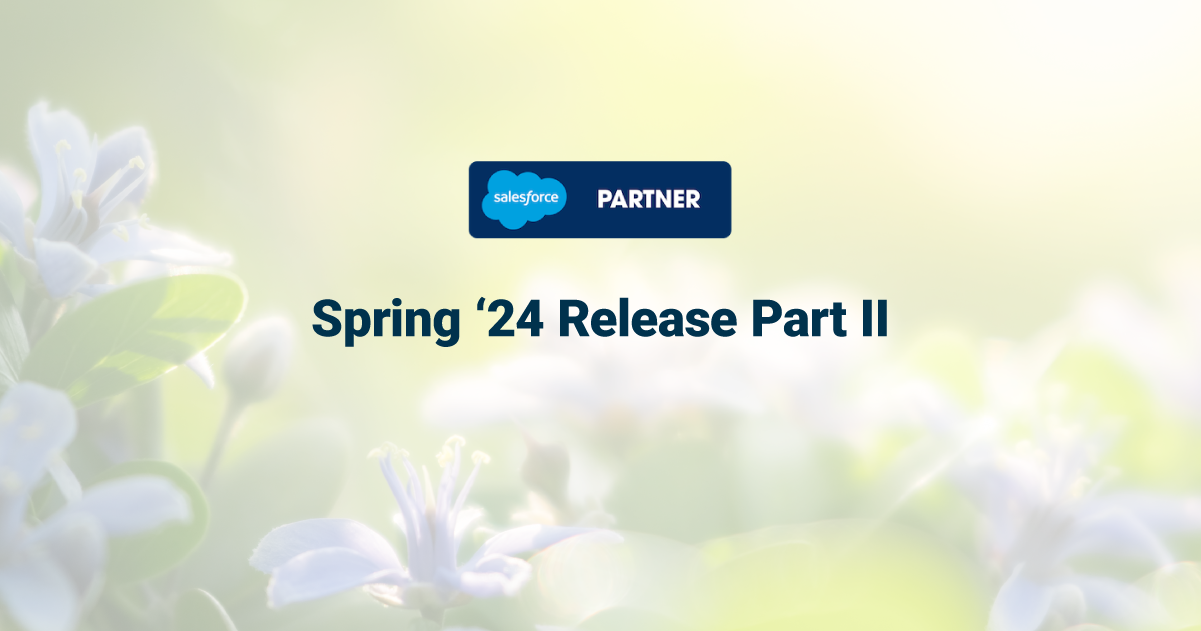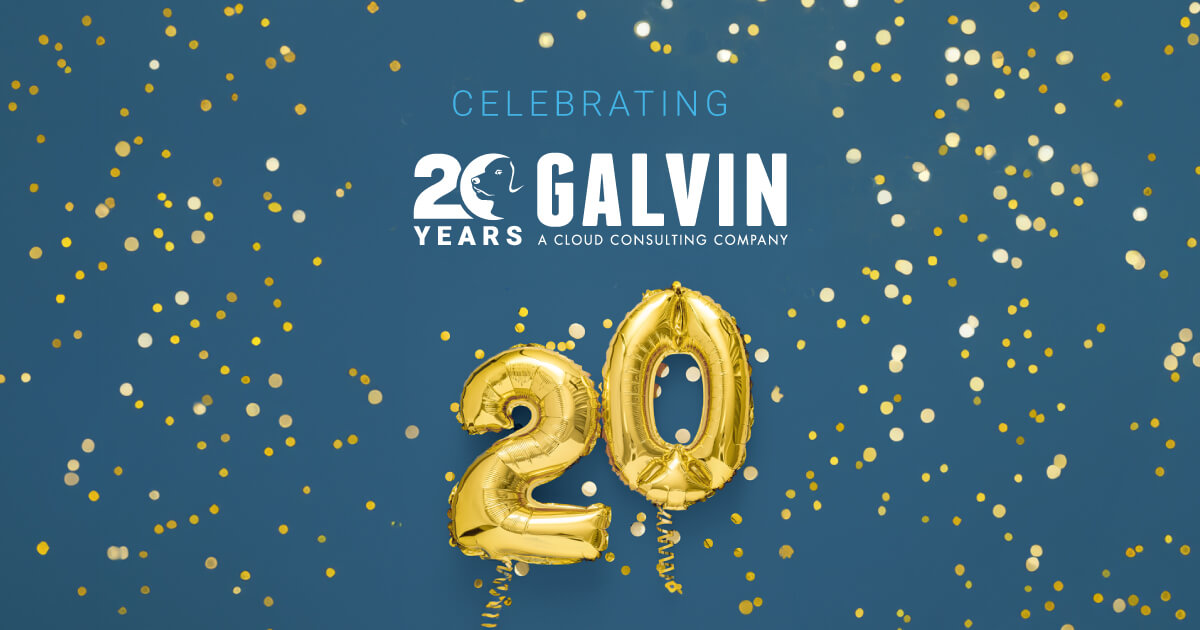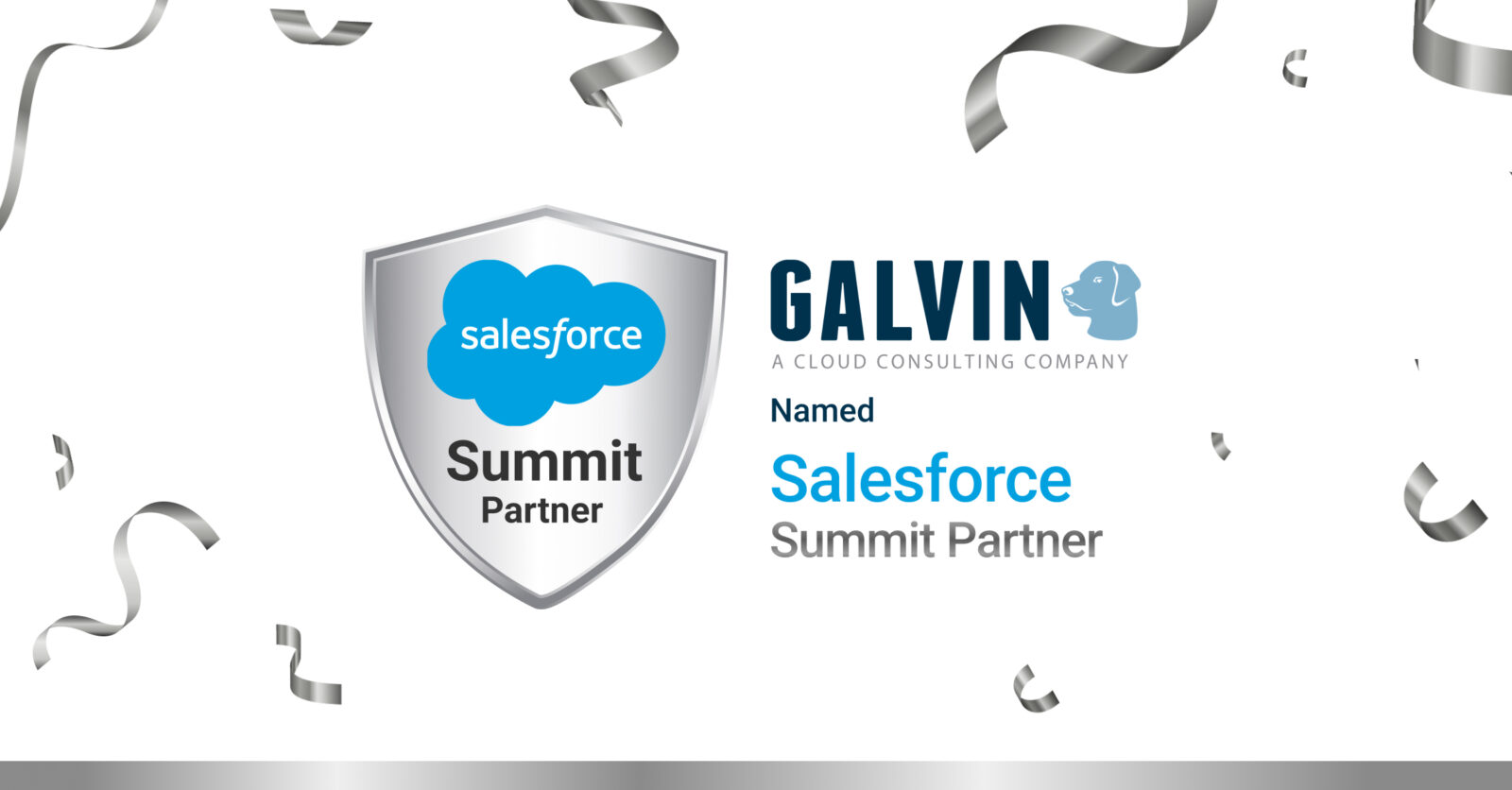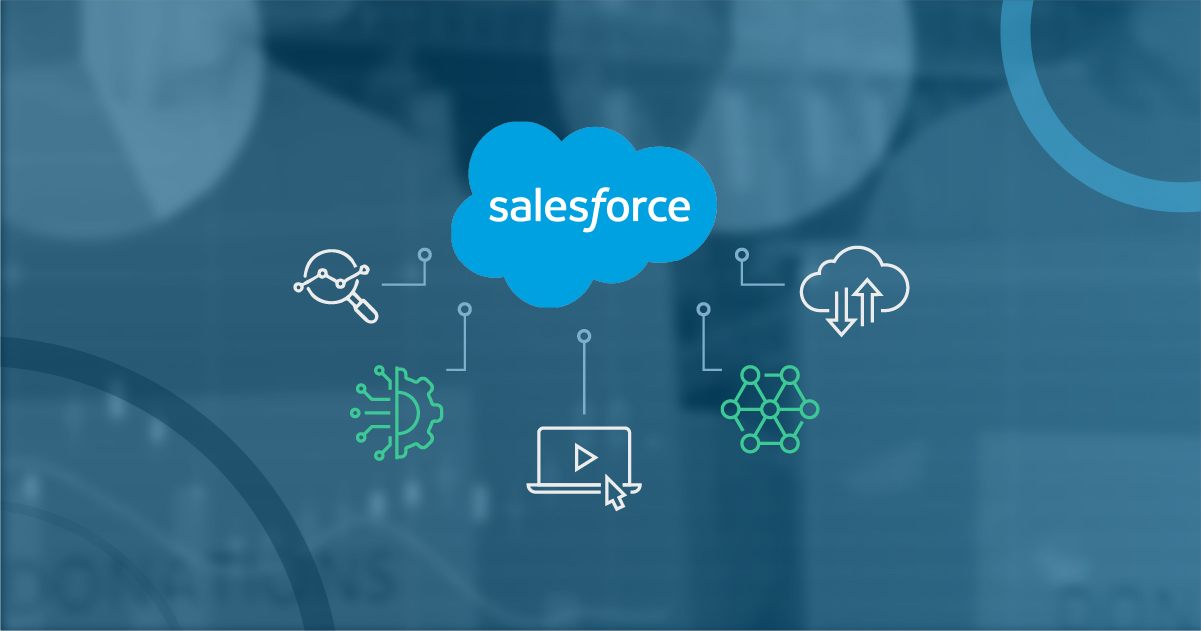How to Evaluate and Select Project Management Apps that Integrate with Salesforce
In the current business environment, there is a plethora of great apps and software packages designed to help us in every aspect of project management. This truth is both a blessing and a curse. With so many applications to choose from, business owners and managers can find themselves mired in a sea of information, making it difficult to evaluate and select the right apps to increase productivity and streamline their endeavors. To wade through this sea of options, you need to establish a selection process based on your organization’s unique needs. Deciding which app best fits your business is a question of specifically pinpointing organizational weaknesses and strengths and choosing a solution that best addresses them. And, for those who already work with Salesforce, not only does your chosen solution need to meet the organization’s specific needs, it also needs to integrate seamlessly with existing platforms.
Selecting a Solution
- Objectives – The first step, prior to researching new apps, is to make sure you have a firm handle on your own business objectives. Which goals are you not meeting? Where are you falling behind the competition? Your objectives should address the business areas and processes that most need to be improved.
- Selection Criteria – Once you know your objectives, you should be able to identify software or app features that are necessary to meet those objectives. This feature set becomes your list of selection criteria. Next, you need to establish the relative importance of each of the items on the list. For example, important issues get 10 points but nuisance issues get 5. Establishing a point system will take some of the guesswork out of the process, helping you to more accurately compare and contrast solutions.
- Identify Solutions – Once you’ve determined what you are trying to accomplish with the app (objectives) and how you will compare and contrast the different solutions (selection criteria), you need to identify viable solutions. You can simply search the web, of course, but one of the most valuable sources will be the Listing of Project Management apps on the Salesforce AppExchange because it only deals with solutions that can integrate with your Salesforce platform. Other sources might include Gartner and Forrester Research, whose evaluation and comparison methods – the Gartner Magic Quadrant and the Forrester Wave – have been helping technology professionals select solutions for many years.
- Final Evaluations – Once you come up with a solid list of viable apps, you can use vendor demos, trial accounts, and client references/testimonials to validate the scoring and build upon the decisions that you already made from your research results. After researching the solution, seeing it in action, talking to other users, and trying it out for yourself, you should have a good feeling for how well it will work for your users and your organization.
Negotiating Price and Payment
Once you’ve made a decision, or narrowed it down to a couple of finalists, you’ll want to enter the negotiation process well-prepared. Make sure that you understand your current usage and the parameters for the current agreement. Are there hidden fees for features that you need, such as reporting or customer access? Can you commit to a multi-year deal to bring down the annual price? Are you timing the purchase at the end of the vendor’s quarterly period in order to take advantage of their quotas and sales goals?
Planning for Implementation
An additional factor in the pricing of a solution is the implementation cost. Many app and software vendors offer implementation and/or training services – some for free, as part of your purchase, but most for a consulting fee – but it is sometimes best to hire an implementation partner. However, whether you’re dealing with the vendor or a third-party firm, there are several factors to consider in planning your implementation. What sort of training will you need for your team and your end users, both current and future? What changes will be needed in your company policies and/or procedures? How will you migrate old data and in-flight projects into the new system? Failing to plan for any of these factors could end up making your solution look bad, even if the evaluation process made it look really good.
Final Thoughts
Have I always followed these steps? Yes, basically, but with varying degrees of formality. But whether your approach is highly formal and structured or not at all, these are the steps that I think need to be considered to confidently select the best software or app solution to fit your business and your Salesforce platform.


